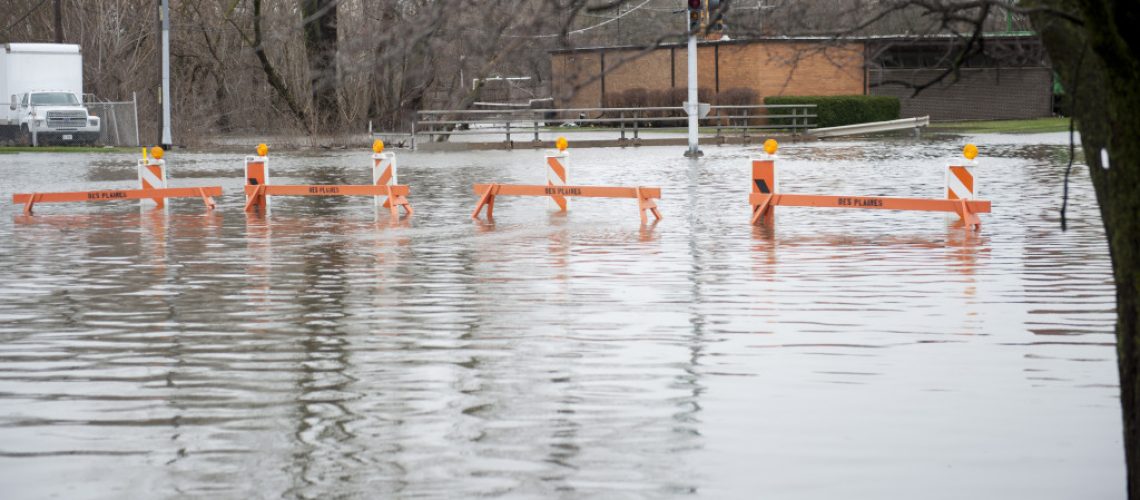Do you think your business establishment can withstand a natural disaster? Did you know that almost 40% of services never resumed operations after being closed down by unfortunate and devastating catastrophes? It is why disaster risk management and adequate insurance coverage are important fail-safe investments to bounce back smoothly.
Unfortunately, healthcare organizations in the country continue to fall behind in calamity preparation and management. This absence of prep work develops the potential for significant implications. Putting staff, patients, and the center’s monetary investments in jeopardy.
It’s time for medical care facilities to embrace the modification of disaster preparation today. There are countless innovations, a growing number of new competitors, and even a pandemic affecting the sector. It is time for healthcare organizations to focus on their backup plan too.
Important Aspects of Disaster and Risk Management
1. Open communication lines
In the past, it’s typically been an all-natural response for companies to try and hold back info from the general public. It is the wrong strategy. Health care facilities can show their worth to their clients by being open and transparent. In our world, info will certainly be leaked out sooner or later, so the public must be informed of the appropriate details from the healthcare specialists instead of tabloids or even at the top 20 trending topics on Twitter.
Throughout a catastrophe, everyone inside the company requires to be informed. To address an emergency effectively, all staff and personnel should be on the same ground. From medical, lawful, and the administration, to name a few, need to be aware of what’s taking place.
2. Adequate training programs
Your center might not encounter an emergency scenario for many years, but disasters and accidents are that way because no one could ever see them coming. While there’s no alternative to the actual thing, training is important to ensure your team is prepared.
Another essential aspect to think about when implementing a training strategy is everyone’s participation. Medical care facilities might assume they will certainly have the full participation of their staff, the paramedics, the police, and even fire departments. However, those people usually have other obligations in case of an all-natural calamity too. So, developing your staff’s complete role and function during a disaster planning and training program is paramount to the actual emergency monitoring prep work.

3. Property awareness
Naturally, many individuals panic when faced with catastrophe. It puts a hefty burden on federal government companies and other local sources to provide care and relief for people handling massive emergencies. Hospitals cannot and must not rely on outside assistance. Healthcare centers must analyze their assets and liabilities to understand the extent of their capacity and constraints ahead of time.
4. Orderly code of procedures and backups
Every hospital has a records department, and those departments require a particular quantity of physical space, accessibility to documents, and even software application systems to get through the day.
When a disaster happens and knocks the software application systems offline, how will the medical facility recover these data again? Regrettably, medical care facilities frequently wait for a catastrophe to hit before searching for a cloud technology solution.
This technological solution is a form of a continuity plan for hospitals, but it goes for every facet of the healthcare establishment.
5. Strong leadership involvement
Every hospital is focused on patient recovery and also quality care. Occasionally, preparedness is seen as an additional expense and lesser than a priority. Nonetheless, the capability to keep your healthcare center open during a calamity is a massive asset to the hospital business, in addition to a continuous flow of ROI.
A healthcare center management should recognize the importance of an emergency backup program and devote the appropriate resources for disaster preparations. Staff with calamity response experience are essential for the whole emergency administration procedure. They would maintain the center from spiraling into an unmanageable state.
Moreover, your medical facility would continue operating and generating income. A reliable emergency monitoring plan is a crucial business investment as insurance for their homes is important to homeowners.
An impact evaluation is important to determine what procedure is needed to safeguard your business establishment against calamities. Huge firms often employ specialist managers for this job. Some companies even hire specialists in disaster preparation to aid them with their strategies.
A hurricane can wipe a whole block of houses from existence in an instant. If your medical care facility is not geared for this and many more, you might have to say goodbye to strong field credibility and a substantial ROI stream. So take the necessary steps to protect your establishment.

